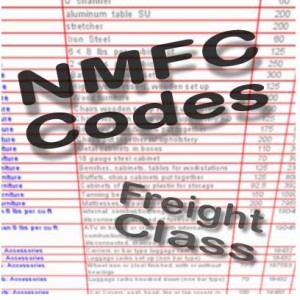Freight Classification
Freight Classification is very important to the shipper’s industry and it is regulated by the National Motor Freight Traffic Association (NMFTA) who created a freight classification system for all types of commodities to standardize freight pricing.
Even though there are freight classifications, including definitions of classes, cataloged with National Moto r Freight Classification tariff, commonly referred to as the NMFC, the US Department does not regulate this coding system but is regulated by it.
r Freight Classification tariff, commonly referred to as the NMFC, the US Department does not regulate this coding system but is regulated by it.
Shipping commodities are grouped into 18 classes between 50 and 500. Shippers and carriers use this freight classifications as a common standard when setting shipping rates.
What is freight clases based on?
Freight classifications are based on four characteristics:
Density: The weight per cubic foot.
Freight Stowability: The length and width based on carrier mode rules.
Ease of Handling: Evaluation of the care involved in transporting.
Liability: This includes the freight price per pound, susceptibility to theft, liability to damage, breakability and perishability.
It is to the shipper’s advantage to not only accurately determine the National Motor Freight Classification of the items being shipped but to be precise with its density calculations to avoid absorbent adjustments fees.
